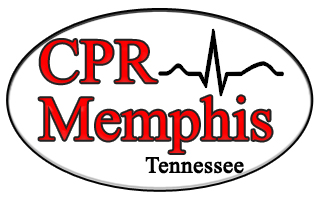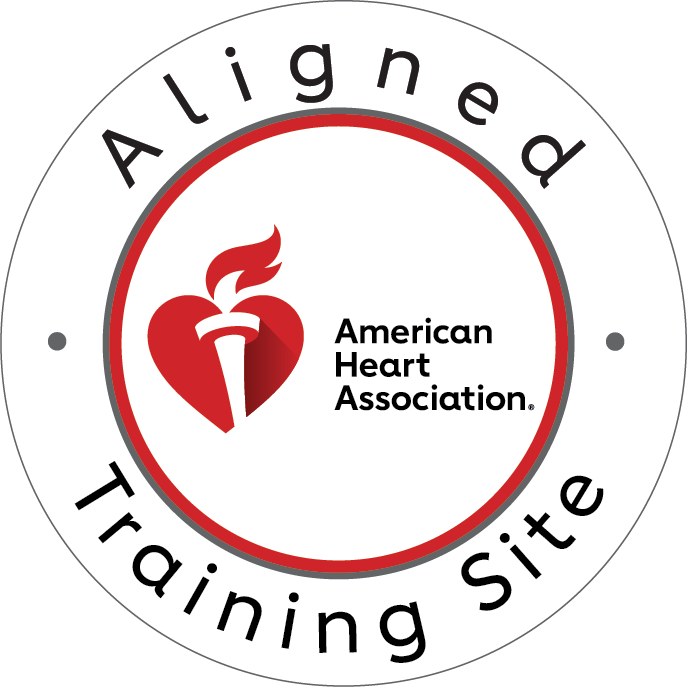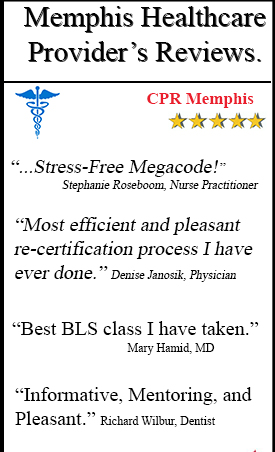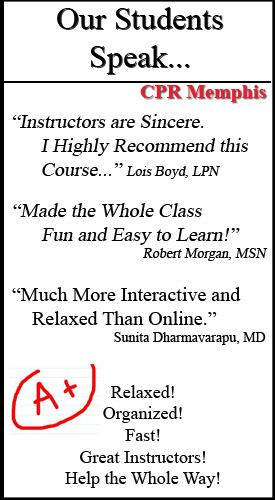Every year, hundreds of thousands of people suffer from sudden cardiac arrest outside of a hospital setting. According to the American Heart Association (AHA), nearly 350,000 cardiac arrests occur annually in the United States alone, and only about 10% of those affected survive. However, when bystanders step in to provide immediate CPR, survival rates can double or even triple. These statistics highlight the importance of learning and performing cardiopulmonary resuscitation (CPR) during critical emergencies.

Understanding Cardiac Arrest
When someone experiences cardiac arrest, their heart suddenly stops beating effectively, cutting off oxygen supply to the brain and other vital organs. Every minute without CPR reduces the person’s survival chances by 7-10%. This makes bystander intervention the first line of defense against fatal outcomes. Immediate action can mean the difference between life and death.
What is Cardiac Arrest?
Cardiac arrest is often confused with a heart attack, but they are not the same. A heart attack occurs when blood flow to part of the heart is blocked, typically due to a clot or arterial plaque buildup. The heart continues beating during a heart attack, but if untreated, it can lead to cardiac arrest. Cardiac arrest, on the other hand, happens when the heart’s electrical system malfunctions, causing it to stop pumping blood entirely. Without immediate intervention, it can be fatal within minutes.
The Role of Time in Survival
Time plays a crucial role in determining the outcome of a cardiac arrest victim. The human brain begins suffering irreversible damage within just four to six minutes of oxygen deprivation. Without CPR or defibrillation, survival rates plummet by 7-10% per minute. After 10 minutes, survival becomes highly unlikely. This is why immediate bystander intervention is so crucial.
The Role of Bystander CPR
Performing CPR before emergency responders arrive can sustain a person’s blood circulation and oxygen levels long enough for professional medical care to take over. Studies show that bystander CPR can significantly increase survival rates, yet only about 40% of cardiac arrest victims receive CPR from a bystander. This statistic underlines the need for more people to receive training and feel empowered to take action.
The Chain of Survival
The AHA’s Chain of Survival outlines the critical steps needed to maximize survival chances for cardiac arrest victims. This chain includes:
- Recognizing cardiac arrest and calling 911 immediately.
- Performing early CPR with high-quality chest compressions.
- Using an automated external defibrillator (AED) if available.
- Providing advanced life support from emergency medical professionals.
- Offering post-cardiac arrest care in a hospital setting.
Empowering Ordinary People
Bystander CPR fits into this chain as a crucial early step, ensuring that circulation continues while waiting for professional help to arrive. Anyone, regardless of medical background, can learn CPR and become a vital link in this survival chain.
Common Barriers to Performing Bystander CPR
Despite the clear benefits of bystander CPR, many people hesitate to act in emergencies. One of the biggest barriers is the fear of doing it wrong. Many worry that improper technique could worsen the victim’s condition. However, the reality is that any attempt at CPR is better than none. The Good Samaritan laws in all 50 states protect bystanders who perform CPR in good faith from legal liability, encouraging people to take action without fear.
Another common barrier is the lack of training. Many people have never taken a CPR course or have not refreshed their skills in years. This highlights the need for accessible and engaging training programs that make CPR easy to learn and remember. CPR Memphis addresses this need by offering comprehensive certification courses that cater to both beginners and experienced professionals.
In addition, some bystanders experience hesitation or reluctance to act due to the stress of an emergency situation. Overcoming this hesitation requires both confidence and practice. Proper training not only equips individuals with the skills needed but also instills the confidence to step in when seconds count.
How to Get Certified in CPR
For those looking to get certified in CPR, CPR Memphis offers a stress-free, hands-on learning environment designed to build both knowledge and confidence. Their courses include:
- Basic Life Support (BLS): Essential CPR skills for healthcare providers and first responders.
- Advanced Cardiac Life Support (ACLS): Specialized training for healthcare professionals managing cardiac emergencies.
- Pediatric Advanced Life Support (PALS): Training focused on providing emergency care to infants and children.
- First Aid and CPR Courses: Practical training for the general public, covering basic CPR, AED use, and emergency response techniques.
Conclusion
Whether you are a medical professional, a teacher, a coach, or a concerned family member, CPR Memphis offers tailored programs suited to your needs. By providing hands-on instruction and real-world scenarios, CPR Memphis ensures that participants leave with the ability and confidence to perform life-saving CPR in any situation.
If you have never taken a CPR class or it has been a while since your last certification, now is the time to take action. Learning CPR is an investment in your ability to help others and make a real difference in your community.
Don’t wait until an emergency happens—be prepared. Visit CPR Memphis today to enroll in a CPR certification course and take the first step toward becoming a life-saver.





